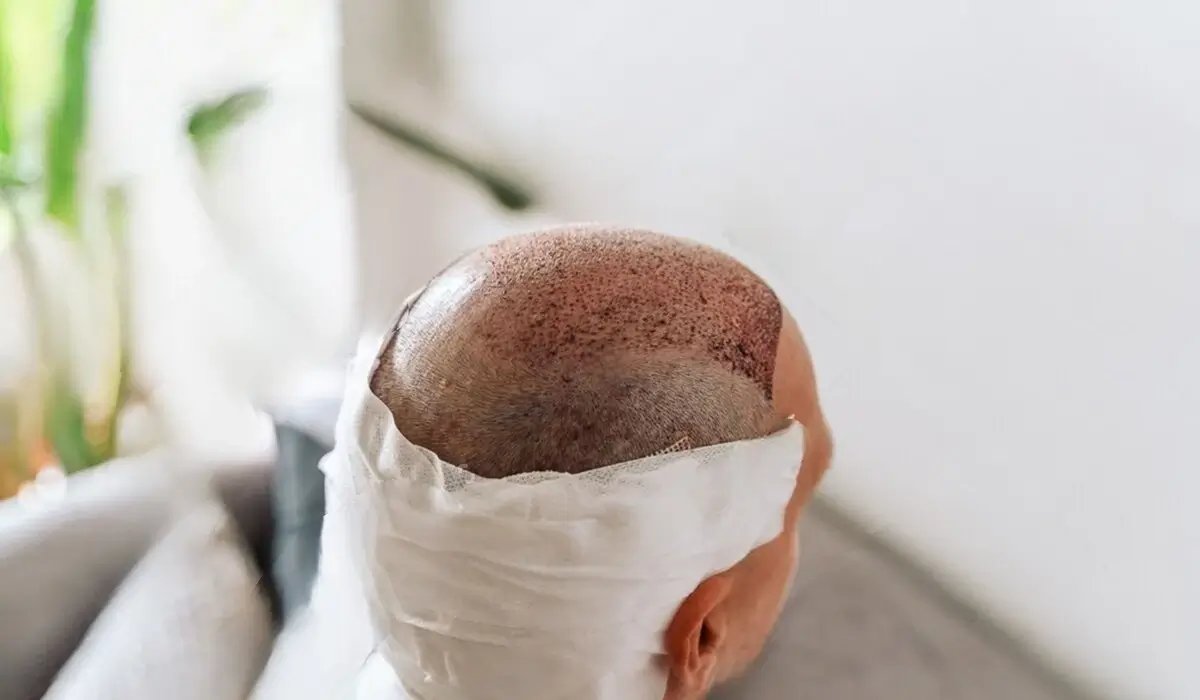1-3 Days: The Critical Healing Phase
- Rest at home and avoid strenuous activities.
- Wear clothes with front buttons to avoid pulling over your head.
- Drink plenty of water and follow a healthy diet for faster healing.
- Sleep on your back with a travel pillow to keep your head elevated and reduce swelling.
- Use medication prescribed by your doctor and keep the transplanted area dry.
4-9 Days: Starting to Wash Your Hair
- Wash your hair gently with a shampoo recommended by your doctor.
- Protect your head from trauma and scratches.
- Avoid touching dry skin or scabs as they will naturally fall off.
Continue to take your medication regularly.
10-14 Days: Scabs Start to Disappear
- Pay attention to your diet to promote healthy hair growth.
- Do not scratch or rub the transplanted areas.
- Use vitamin supplements recommended by your doctor.
Resume your normal hair-washing routine but avoid activities that make you sweat.
3-6 Months: Hair Follicles Begin to Grow
- Attend scheduled check-up appointments with your doctor.
- Be patient as the hair follicles may initially have a curly appearance but will eventually take on your natural hairstyle.
10 Months: Patchy Look Disappears
- Trim your hair to achieve an even look.
- Continue to follow up with your doctor.
12 Months: Final Check-Up
- Evaluate your final results with your plastic surgeon and enjoy your new, natural-looking hair.
Communicating with your hair clinic and following the aftercare instructions provided by your doctor is key to a successful recovery. Don’t hesitate to reach out for support or clarification as needed.

